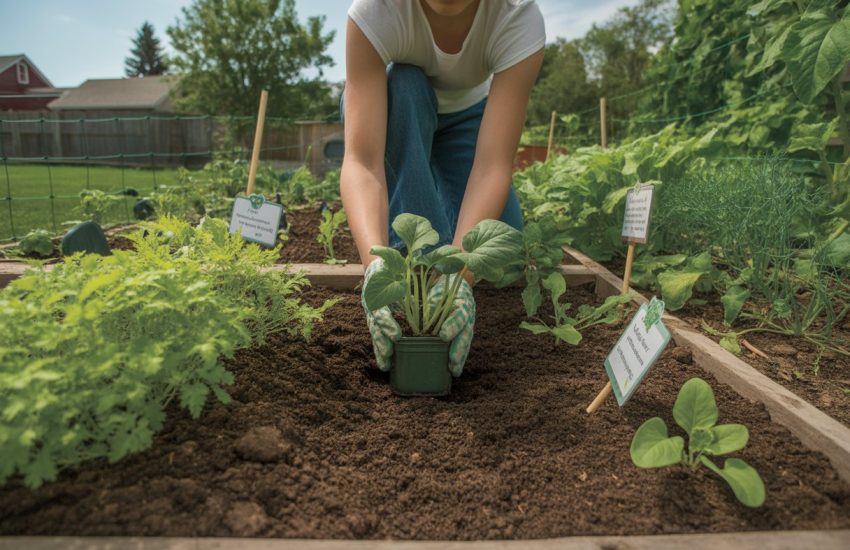How to Grow Grass in Shady Areas
Introduction
Gardening has been considered challenging, especially for new beginners and youngsters. Some gardening works need more detailed caring and planting. You need to follow every step in the right order for these works.
Planting trees, flowers, fruits, and veggies is normal, but how about planting grass? It would not only look good in your garden but also would be beneficial for your plantings. But, most plants need the sun to grow well.
Now, the title can surprise you. You may wonder how you can grow grass in shady areas, or, can you really grow them?
Yes, you can totally grow grass in shady areas. In this article, we’ll take a look at how to grow, how to care, and needed tips. Don’t let these scare you, it is easy to grow grass when you follow all instructions.
Why Is It Hard to Grow Grass in Shade?

Before starting, we need to learn the reasons. Like, why do people consider growing grass in the shade difficult? Let’s start with the main reason – the sun. Sun provides needed nutrients and light requirements for plants and our planet. However, some locations can receive less sunlight than others, and some places don’t even receive sunlight directly.
Shady areas are also not so suitable for photosynthesizing, which affects the growth of plants and grass. Grass growing in these areas would likely have slow development compared to the sunny areas. Grass that is growing under the tree or so close to the walls of our buildings is the same, they would become weak and would grow slowly.
Growing grass in areas that receive partial shade would be successful but slow, but growing grass in areas that rarely receive sunlight is close to the impossible. You need to provide materials.
Effects of Shade on Grass
Grasses need some factors to grow more healthily and brightly – sun, nutrients, good soil, water, etc. Growing grasses in shady areas would restrain them from these factors. If you have trees or shrubs around grasses, the branches or bushes will keep your grasses from receiving needed sunlight which is already partial, while roots would receive most of the water for themselves.
Moreover, sharing the nutrients would not be equal. Trees have huge roots that can provide nutrients directly, without problems, unless something extreme happens. Therefore, you need to keep them away.
If you still want to mix trees and shady grass areas in your garden, you need to make adjustments according to these needs. Grasses that didn’t receive or benefit from these factors would be thin and not healthy. They may wither easily, and withered grasses won’t be good-looking in your garden.
What Types of Grass Grow Well in Shade?
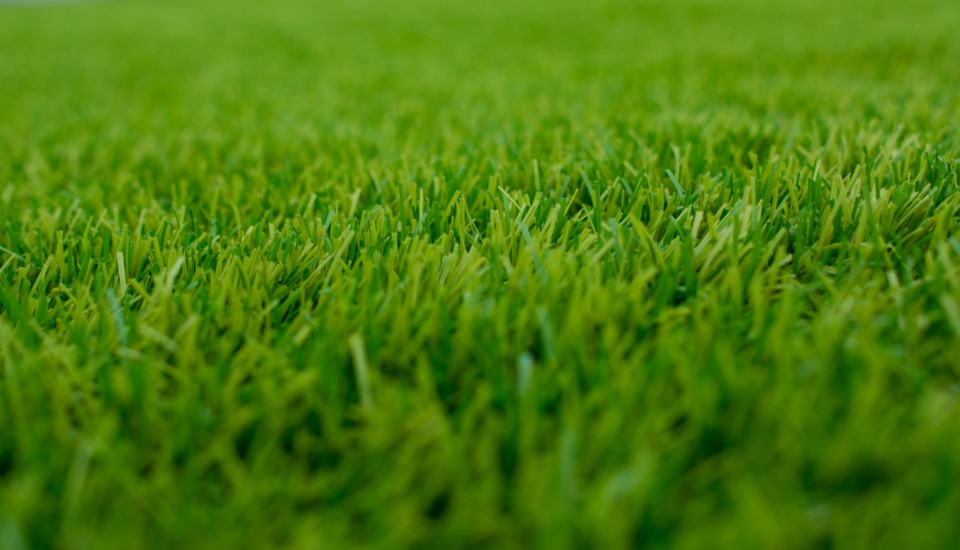
As mentioned and explained above, growing grass in shady areas is possible. Even though the factors can scare you, there is a solution to this problem. As in most plants, some grass types love cold climates and conditions. Again, don’t worry, some types of grass grow well in the shade!
- Fescues have deep roots that make them suitable to grow in shady areas. They are resistant to drought because of these roots.
- Tall fescues are short grasses that can grow well in shady areas but need 3 hours and more sunlight per day.
- Some kinds of Kentucky bluegrass can tolerate some shade but may not grow healthily as the normal ones would.
We can say that you need to do some research about types of grass before planting them in a shady area. You can use the recommendations above.
How to Plant and Grow Grass in Shady Areas
Here comes the main part. We learn some features of grasses and grow them in shady areas. Now, let’s learn how to grow them in shady areas.
Here are the steps that you need to follow:
- Remove any rock or other materials from the soil before planting.
- Flatten the area after removing, then moisturize with water. This will help you to plant the seeds more effortlessly.
- Choosing the area before planting would be good. Some places that don’t receive sunlight would not be a great choice.
- Shatter the seeds around the area carefully.
- You should separate the seeds if they are so close.
After planting, observe your grass for one week. Taking notes about the sunlight-receiving times would be helpful. Keep in mind that grasses you will grow in shady areas require extra care. But good things take time and effort.
Watering
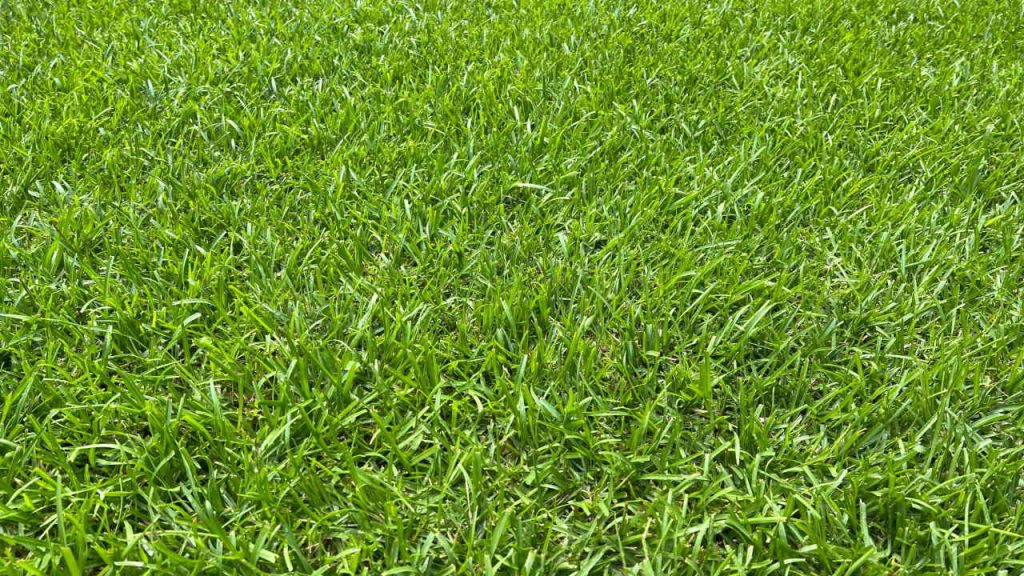
As mentioned a little above, grass in shady areas requires less water than the ones growing in the sun. However, it doesn’t mean that they don’t need regular watering. It is a needed step that won’t tolerate skipping. Every plant, including grass, requires a certain amount of water to survive.
First of all, creating a regular watering schedule would help you for both watering and observing the growing progress. Watering in the early morning is the best time of the day because sunlight is not so strong at these hours – it doesn’t matter whether your grasses are growing in shady areas or not.
If your grasses are growing close to the trees or fruits & veggies that have deep roots, you need to water them more often since the water distribution under the soil may not be equal. You can give them additional water when needed.
Fertilizing
Since the grass in shaded areas would be growing slowly, using fertilizer for them to grow more efficiently can be an excellent idea. Let’s learn more about this. Sometimes all fertilizers can look the same, especially for beginner gardeners. You may think: “All fertilizers have the same aim, what makes them different?”
Here are the little samples:
- Nitrogen-added fertilizers would not be good for growth. You need to check the ingredients both before purchasing and applying.
- Phosphorus-added fertilizers would support growth. You can choose the ones including phosphorus.
- Still, you also need to check other ingredients. Using natural fertilizers is recommended.
Moreover, the fertilizer works along with the soil. So you need to determine your soil first to understand the nutrients in the soil. You can look for soil test kits that can be found in gardening stores. Apply the fertilizer on the top, then mix well with the soil.
Tips for Growing Grass in Shady Areas
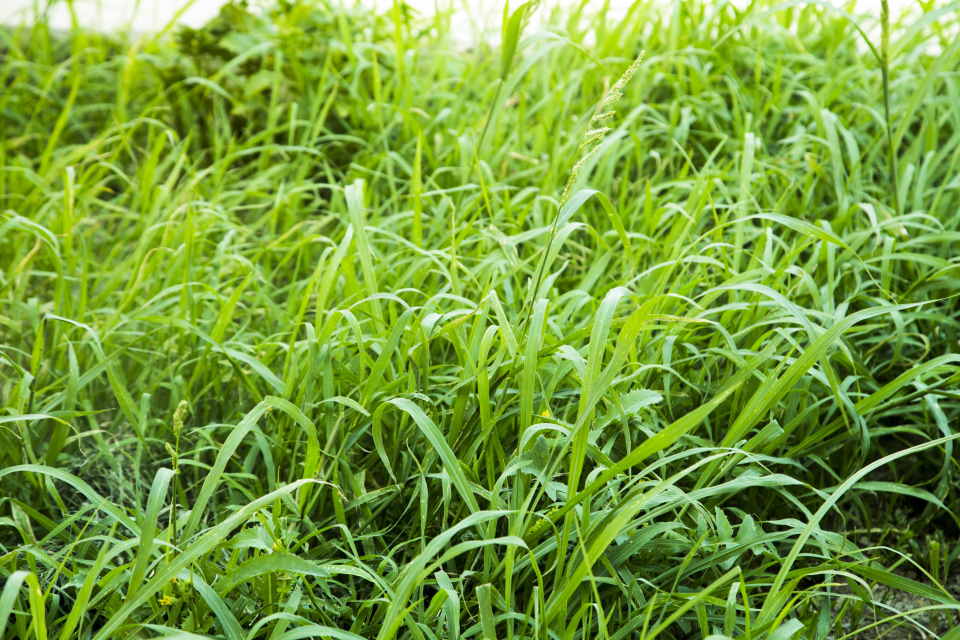
Now that we’ve learned about basic topics of growing grass in shady areas, it’s time to check useful tips about this topic. Note that these are mixed tips from different features, and not all of them can apply to all situations. You can choose suitable ones for yourself.
- Pruning the branches around your grass – if they exist – would be helpful. Because branches generally block the way of sunshine. Pruning will allow your grass to receive more sunlight.
- Choosing the suitable seed type would be beneficial because every grass has different features. Some tolerate the cold season while some can’t. You can find recommendations for cold weather seed and grass types in this article.
- Overwatering is the enemy. Be careful about the amount of water, just because grass can tolerate water doesn’t mean it would tolerate overwatering.
Mini Tip: Soil
Grass can tolerate most soils, but some are making them thrive well. Let’s take a little look at them before moving. Loam soil would be good for draining water, while sandy soil would keep the heat. You can mix them.
Conclusion
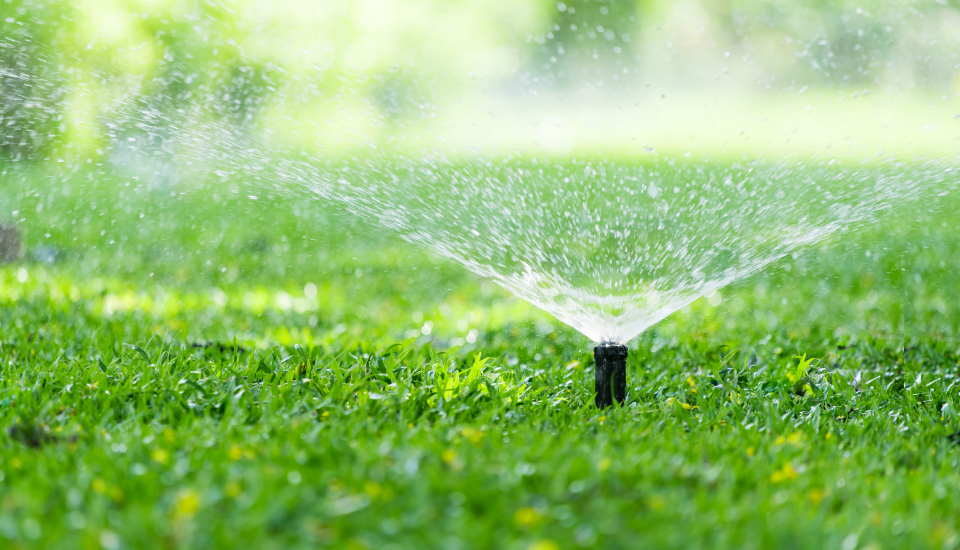
When we consider everything, it’s quite understandable that growing grass in shaded areas can be challenging, easily. However, you can abolish these challenging factors with some effort. Don’t let the challenges scare you – they are almost everywhere around your garden and gardening world.
Likewise, don’t let the shaded areas make you think you can’t grow grass around there. All you need to do is follow the instructions and then use the needed tips. You can’t control the weather of your location, especially the sunny hours, but you can control what you can grow in these conditions.
And want to grow grass in shaded areas is not impossible, right? You have total control of this. You may be living in a cold climate but can still have a good-looking garden designed around the grass ground.
You may also be interested in:

